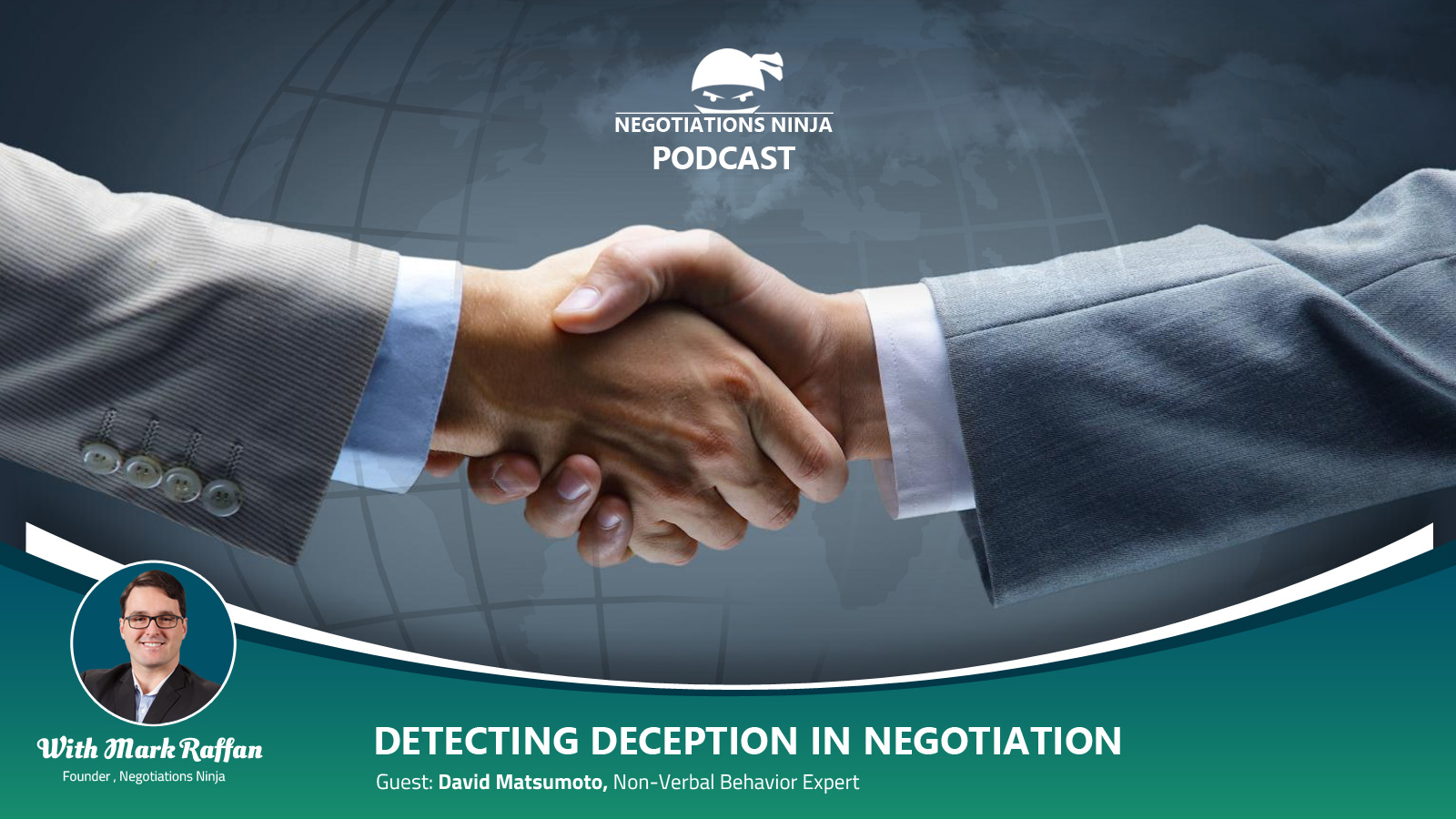 This list originally appeared on the Science of People’s blog
This list originally appeared on the Science of People’s blog
We know that life is busy so we divided this kindness challenge into three different ways to be nicer. Choose an idea from the list or create a challenge of your own. No matter what you do, be sure to share your acts of kindness on social media with #kindnesschallenge to encourage your friends to join in the challenge.
How to Be a Better Person in 5 Minutes
If you’re tight on time, a five minute favor is the challenge for you. Here are a couple of quick ways you can be a better person:
1. Write someone a thank you card for a time when they were kind to you
2. Call your mom and tell her you love her
3. Make an introduction to two people who should know each other
4. Send someone flowers who would never expect it
5. Compliment a stranger who looks like they’re having a rough day
6. Pay for someone else’s meal
7. Bring your partner, roommate, parents, best friend, colleagues car to the car wash for them (or give it a quick clean yourself!)
Your turn: brainstorm other quick ways you can make someone’s day
How to Be Better in One Hour
If you really want to be better try committing to one hour of kindness. Here are some kindness ideas:
8. Write 5 nice recommendations on LinkedIn for people you have worked with
9. Update a public computer with a nice sticky note or to do list.
10. Go write a glowing review of your favorite 5 books on Amazon
11. Start a Reciprocity Ring. A reciprocity ring is when you ask, share and provide resources to the people in your life.
12. Go write a glowing review of your favorite restaurants on Yelp
13. Go buy someone coffee and ask them a deep conversation starter so they feel heard
14. Do extra chores so whoever you’re living with has one less thing to worry about
15. Make a meal for a friend or family member going through a difficult time
Hot to Be Better in One Day
This challenge is perfect for when you have a day off work and want to make a significant impact on someone’s life. Choose a cause that you feel passionate about and commit to spending the better part of a day serving it.
Here are a few ideas to get you started:
16. Go volunteer at a shelter
17. Buy holiday gifts for a family in need
18. Use your work skills to offer free professional services to a nonprofit
19. Get together with a group of friends, coworkers or family to clean up a local park
20. Offer to babysit for a friend who is a single parent and rarely gets a break
For decades, researchers have wondered why humans are driven to be kind to one another. After all, we have survival instincts just like other animals, yet unlike most other creatures we happily invest our time, energy and resources in helping others when there is no obvious benefit for ourselves.
In their search to understand what fuels human compassion, they’ve discovered that engaging in acts of kindness provides several benefits that boost our overall well-being and help us cope with the stresses of everyday life.
